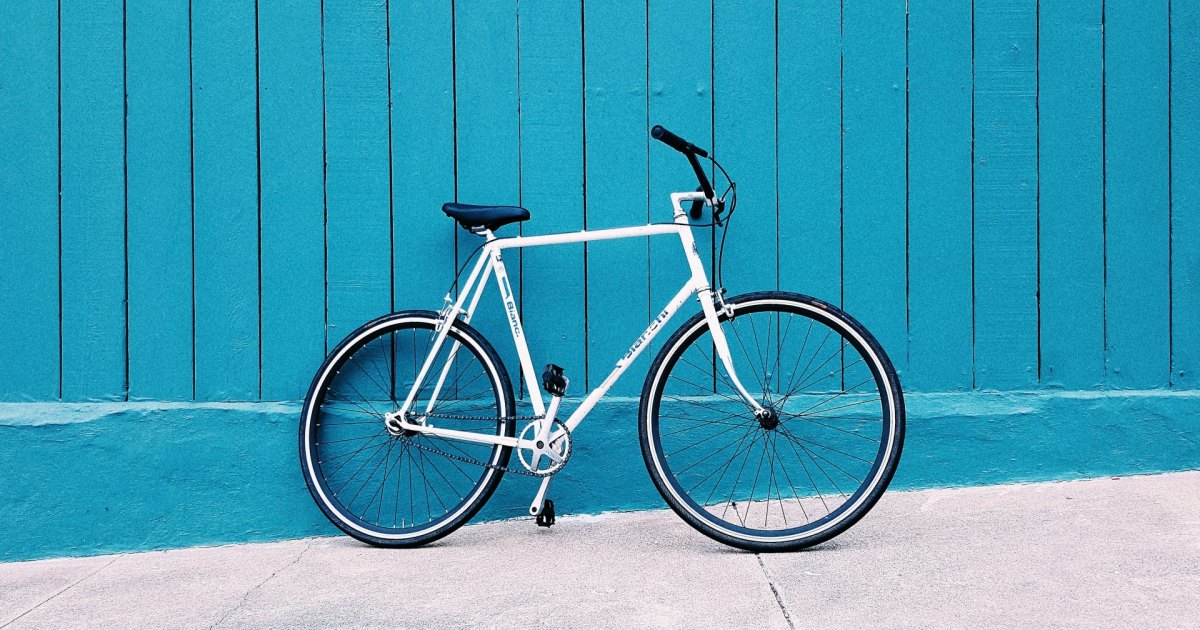No products in the cart.
Fitness Tips
Best Used Bikes to Buy, According to Experts
These days, everyone is trying to buy a bike. The pandemic-fueled “bike boom” is showing no signs of stopping, and that means getting your hands on a brand-new set of wheels is going to cost you both time (due to production delays) and a good chunk of money. But that’s not the only way to start riding: You can also shop used bikes. There are plenty of affordable, high-quality used bikes out there waiting to find a new home. The only tricky part is finding them.
To guide you on your used-bike search, we enlisted the help of three experts: Peter Vermeren, owner of L.A. bike shop Coco’s Variety (which specializes in used bike refurbishments); Kevin Jarrett, owner of The MTB Recyclist, an eBay business dedicated to rehabbing vintage mountain bike parts; and Christina Grande, owner and guide at Alaska Bike Adventures. They provided some sage advice to keep in mind as you shop, and gave their recs for good used bikes you can pick up on a budget of $1,000 or less.
Shop Like a Pro
When shopping, the overarching goal is to find a bike that hasn’t been abused. Used-bicycle listings abound online, and Craigslist and Facebook Marketplace are good places to look. Your local bike shop can also be a great resource. It might sell rehabbed bikes, or the staff may know of another shop that does. No matter where you search, assess each bike for obvious signs of damage and neglect, says Vermeren, including frame rust, bent frames, cracks in the paint (which could be a sign of frame damage), and rusty spokes. If you see any of the above, the bike isn’t worth your time.
Aside from inspecting for damage, try to determine if a bike has its original components. Jarrett and Grande recommend resources like Sheldon Brown, Bicycle Blue Book, and Bikepedia to track down info on the original equipment for various models. If the drivetrain, brakes, brake levers, and shifters are all cobbled together from different brands, they likely won’t function well. In addition, replacement parts are also in short supply right now, so getting your hands on the correct components could be difficult.
Finally, make sure the bike rides well and fits you. When you go to check it out in-person, look closely for wear, check for mismatched components, and spin the wheels to make sure they’re true (i.e. not bent and wobbly). Another tip: Get a chain stretch tool to check for a worn-out chain.
“If nothing else,” says Vermeren, “you’re dropping science and they’re like, ‘Whoa, this person serious.’ Then you can buy it for cheaper.”
Always, always, always give it a test ride. Test the brakes and the shifting and, most importantly, make sure the bike feels comfortable. You shouldn’t have to stretch out too far to reach the handlebars, for example, and you should be able to stand over the bike with half an inch of clearance between your groin and the top tube.
“If it doesn’t fit,” says Vermeren, “then that’s not a safe bike for you.”
Ready to shop? Here are some used-bike models to look out for.
The Best Used Bikes to Buy
1. ’90s Rigid Mountain Bikes
As long as it’s in decent condition, a rigid steel-frame mountain bike from the early- to mid-1990s is a safe bet for a dependable, capable ride. A pre-1997 Trek 930 (more info here) or a Bridgestone MB-3 built before 1995 (a favorite of this author) are great options to look out for, says Jarrett. A Specialized Stumpjumper or Rockhopper are also quality models, and if you have your heart set on an aluminum frame, he recommends finding a Cannondale M400, a great lightweight pick.
No matter what vintage MTB you look at, be wary of anything with suspension. Make sure you ask the owner if those components have been serviced by a pro, says Grande. In Vermeren’s view, it’s better to avoid suspension altogether on older bikes—he and his employees have learned the hard way that these suspension systems are frequently abused and on their way to failure.
“No human being has been maintaining the suspension, according to the recommended cycles for rebuilding and cleaning,” he says.
2. Aluminum Road Bikes
If you ride mainly for exercise or are looking to get into serious road cycling, you can’t go wrong with a well-maintained, entry-level aluminum road bike. Aluminum frames are lighter than steel, so they’ll feel fast and agile, and there are plenty of quality models out there to choose from. For starters, Vermeren recommends looking for a Bianchi Via Nirone, a Specialized Sirrus, or a Giant Contend.
Although you might be tempted to look into carbon fiber frames, it’s better to avoid them if you’re shopping on a budget, says Vermeren. It’s difficult to tell if a carbon frame is cracked, even when you inspect it in person.
“For an amateur, you can’t reliably buy a carbon bike,” he says. “There are too many unknowns.”
3. Linus Roadster or Linus Pronto
An upright city cruiser with classic style, Linus bikes are great for commuting or just riding for fun. The Roadster is a single-speed bike (probably best if you live in a relatively flat area), and the Pronto has a three-speed rear hub. Vermeren likes them because they’re simple and easy to ride.
“That’s the bike that most people need,” he says.
For access to exclusive gear videos, celebrity interviews, and more, subscribe on YouTube!

